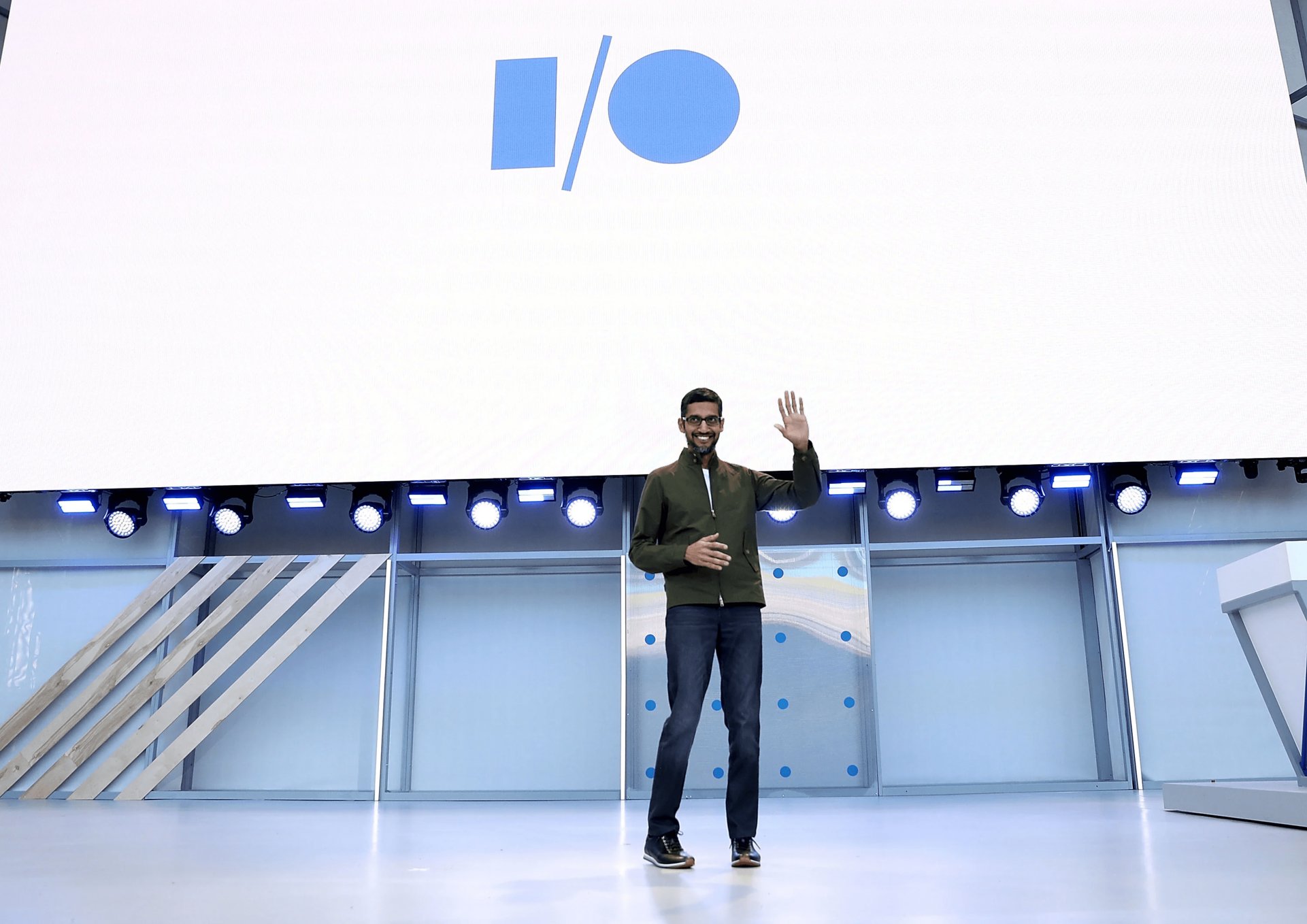By Jacques Baranger, Partner at Talan, in charge of the Metaverse offering
What are we really talking about? Is metaverse a fad or does it address very concrete issues? Is my company concerned? What should I focus on and when? ... To approach the metaverse phenomenon, we need to go back 10 years, when digital transformation, another major phenomenon, raised exactly the same questions. At that time, companies dealt with digital transformation through three stages of adaptation, which represent a perfect approach today to better understand and act within the framework of the metaverse.
To begin with, companies must understand and then position themselves with respect to the "metaverse generation". Like the digital natives of the early 2010s, the "metavers" of the 2020s naturally rely on the latest technological tools and take advantage of the uses proposed to them to invent new societal standards. At the time, the digital-natives had massively adopted the smartphone and accelerated the emergence of social networks, to create new behaviors and new expectations. Always connected, no longer visiting stores or physical agencies, they no longer even called customer relations departments, preferring to use the opinions of their communities on social networks.
For the new generation, the "metaverse-natives", the evolution of technologies and uses of these last years, notably proposed in innovative video games, then in "crypto-worlds" thought on the same principles, led them to elaborate societal standards which are their own: persistence of universes, strong digital identity, secured digital property and creator economy, decentralized management of communities, various types of immersions resulting from a close mixture between the virtual and the real . . not taking them into account when addressing them, will only create misunderstanding and a lack of adhesion.
In the 2010s, companies chose to specifically address the "digital-natives" generation. For example, telecom operators had created dedicated subsidiaries such as Sosh or B&You, or banks such as ING had created full-digital subsidiaries, like ING Direct. Confronted today with " metaverse-natives ", companies must, first of all, understand these new societal orientations and decide on the best strategies to respond to them.
Secondly, companies must address the question of whether or not to generalize.
The behaviors and expectations of the digital natives of the 2010's were quickly propagated, even if attenuated, to the rest of the clientele or employees (diffusion of the smartphone, new connected habits...). Companies had then examined all their products, processes and operating methods to systematically adapt them to different filters resulting from digital, and in particular the "mobile first" filter. For the metaverse, the equivalent will be to adapt, for example, to a generalization of "immersive first".
Finally, the third stage of adaptation for companies will be to deal with scale effects. Ten years ago, the widespread use of digital technology led companies to make numerous changes to their IT, their internal operating methods, their organization, their skills and career management, their recruitment, their culture and even their raison d'être. In the years to come, taking into account metavers-natives, and then the eventual generalization of the immersive to all customers and employees, will require many similar transformations on the part of companies: new jobs, new skills, evolution of their IT and operating modes, etc., but also reflections on brand identity or raison d'être. This third part of the metaverse wave must be anticipated to avoid a real downgrading.
As we can see, the metaverse is a fundamental subject that will transform organizations for a long time to come, forcing them to explore new modes of interaction and to rethink their relationship with society over the long term.


